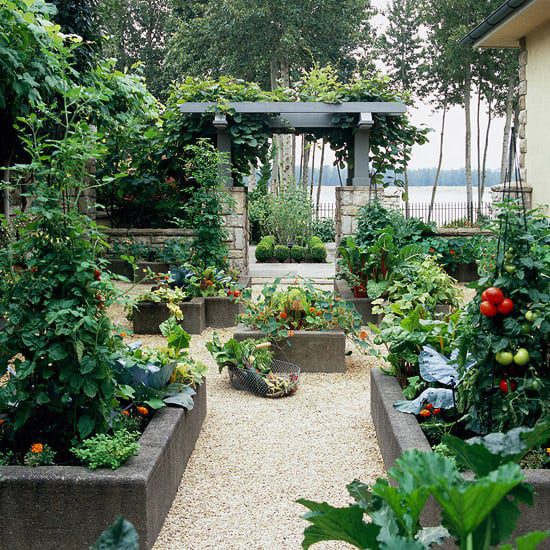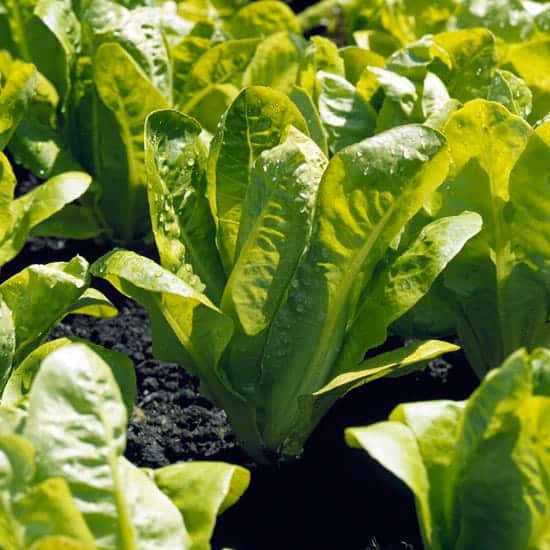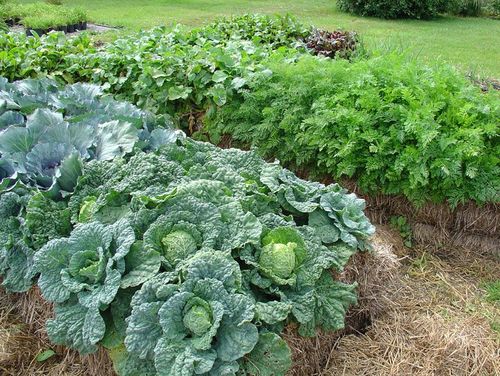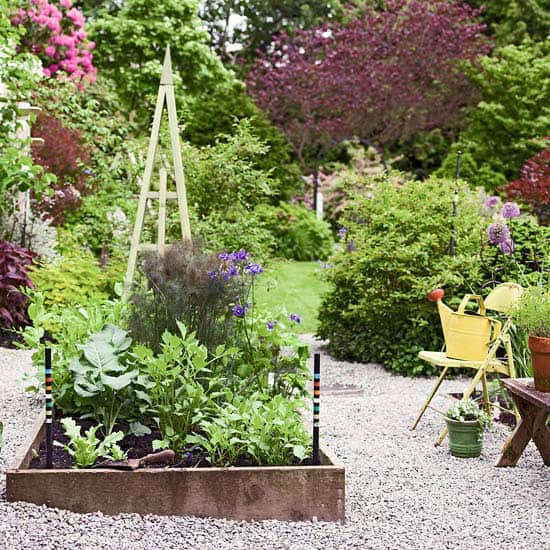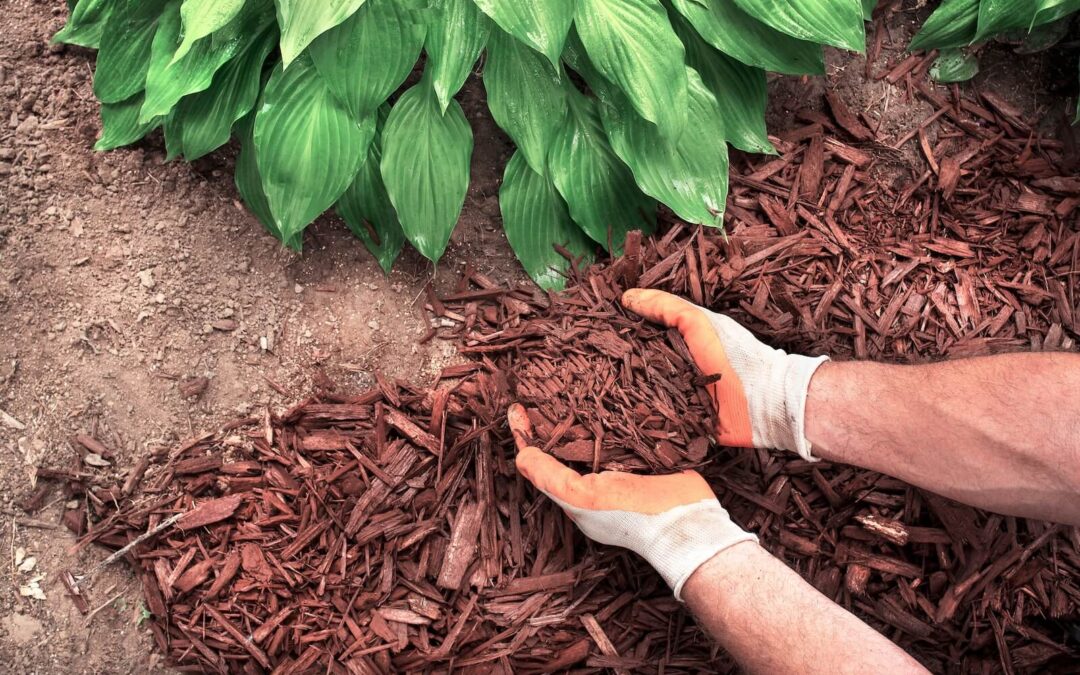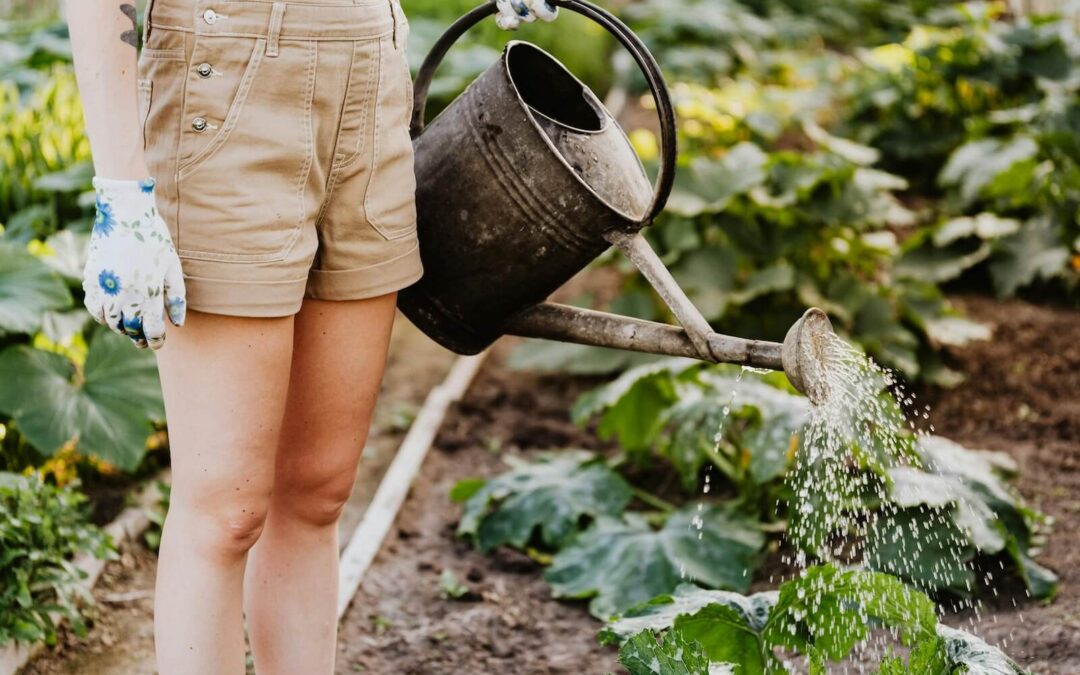While it may be hard to believe, you can harvest a variety of vegetables, including kale, arugula, carrots, rutabagas and broccoli well into November! If experienced Colorado gardener Ann Caffey can do it right here in her Rocky Mountain garden, so can you. With some prior planning and a little protection, hardy vegetables will continue to produce long into the autumn season.
Augment Your Colorado Garden Design & Get the Most From Your Second Harvest
It won’t take extra work to keep a thrilling amount of extra veggies around your pantry and refrigerator when you’re summer harvest is winding down. Here’s what you need to do:
Transform a spent raised bed into a waffle. As September draws closer and a raised bed or two has petered out, clear the garden and create a sunken bed that will provide a little protection for your new plants. Then, plant hardy cold-weather crops. Your best bet is to practice deep watering, giving the plants a couple of inches of water twice a week to encourage strong, and deep root growth. By the time it starts snowing in October to early November, you won’t need to water anymore.
Cover your beds with straw. Make sure you cover your cold weather crops with a layer of straw and perhaps a little plastic. Straw will keep soil moisture from evaporating quickly, while insulating roots when the temperature drops.
Grow a variety of vegetables. In addition to the traditional greens and cruciferous vegetables, consider experimenting with a few other crops. Garlic and blueberries can be planted in September and harvested in the spring. Radishes are a quick crop and can be planted in early September and harvested 30 days later.
Start your seeds or buy your transfers. Grow your fall plantings in a shady spot in mid-summer, or purchase transplants and plant them no later than early September.
Do you have any questions about adding a second harvest to your Colorado garden design? Contact Lifescape Colorado to get the most out of your second harvest.

